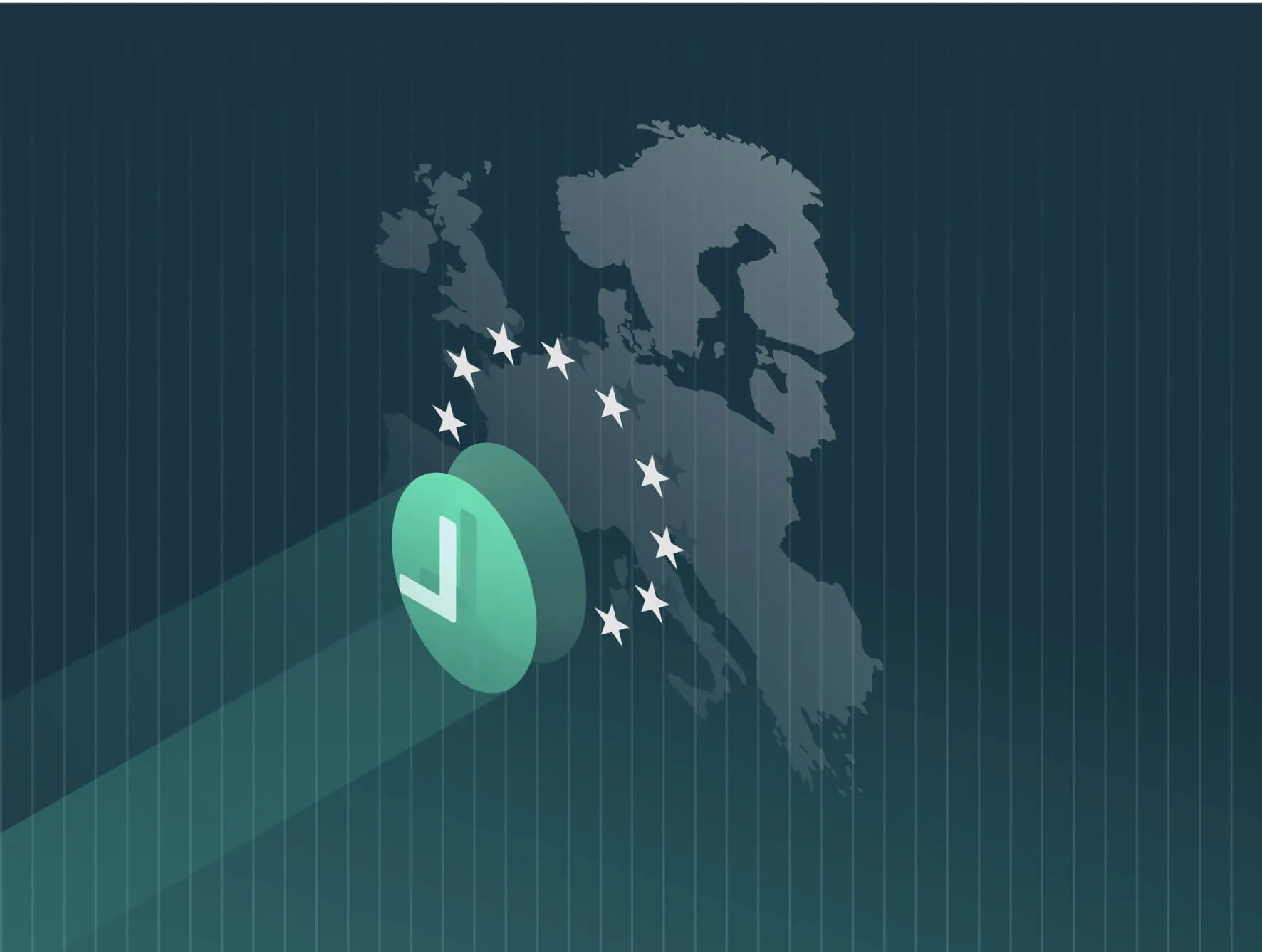Even though it’s 2023, there’s still time to take advantage of the limited-time opportunity, Employee Retention Credit.
The Employee Retention Credit is simple in concept. The refundable tax credit provides organizations impacted by COVID-19 with financial relief. For all of 2020, and three quarters of 2021, employers can earn up to $26,000 in tax credits, per employee.
The Infrastructure Investment and Jobs Act ended the Employee Retention Credit early and prevents employers from collecting credits earned for employees who stay on the payroll after September 30, 2021.
However, employers can still receive credits for employees kept on payroll during 2020 and for nine months of 2021.
Qualifying for the Employee Retention Credit
Below are the criteria for generally qualifying for the Employee Retention Credit:
- For the 2021 Employee Retention Credit, your organization employed, on average, at least 500 full-time employees during 2019
- For the 2020 Employee Retention Credit, your organization employed, on average, at least 100 full-time employees during 2019
- Your business operations were fully or partially suspended due to a COVID-19 government order
- Your business incurred a decline in gross receipts greater than 50% for 2020 and greater than 20% for 2021
- The wages you are relying upon for the Employee Retention Credit were not forgiven under a Paycheck Protection Program (PPP) loan
Determining qualified wages
It’s important to note that the rules are different for determining qualified wages for the 2020 and 2021 tax years.
For the 2020 tax year, organizations can claim a 50% credit of the first $10,000 in qualified wages paid per employee for the entire year. For the 2021 tax year, organizations can receive a 70% credit of the first $10,000 per employee, per quarter.
IRS safe harbor for gross receipts
To further help employers qualify for the refundable credit, the IRS issued guidance that clarifies the terms and conditions pertaining to gross receipts. The material essentially provides employers with safe harbor for excluding certain expenses from gross receipts, including the following:
- The forgiveness amount of a Paycheck Protection Program (PPP) loan
- Shuttered Venue Operators Grants under the Economic Aid to Hard-Hit Small Businesses, Non-Profits, and Venues Act
- Restaurant Revitalization Grants under the American Rescue Plan Act of 2021
Employers do not have to claim the safe harbor for gross receipts but should be consistent in their application of it.
Getting started with the Employee Retention Credit
Best practices for applying for the Employee Retention Credit encourage documentation retention and sound employee classification processes. We recommend utilizing your ACA compliance process to determine full-time employee eligibility.
If you’re not currently leveraging the Employee Retention Credit, it’s not too late to start.








